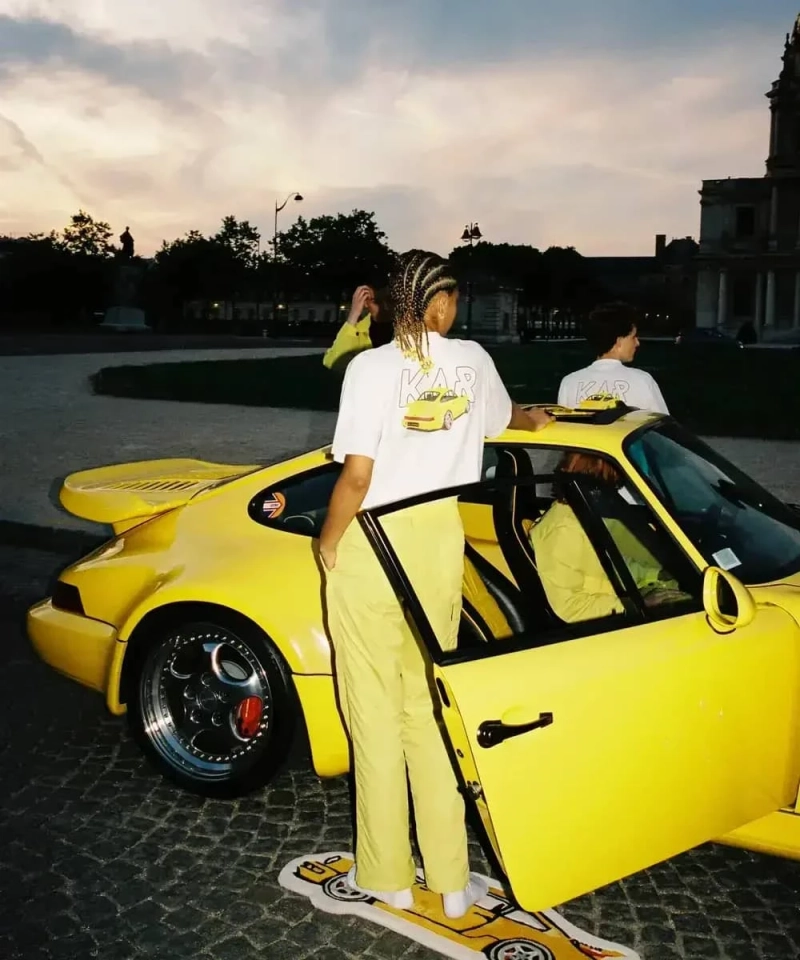Fashion is more than simply clothes; it is a potent expressive medium that reflects the reality of culture, society, and the economy. Different fashion subcultures have developed over time, each set apart by distinctive traits and inspiration sources. The rebellious hip-hop looks and the sophisticated minimalist designs are only two examples of how Subculture fashion has greatly influenced modern trends. Here are some of the most prominent fashion subcultures:
Subcultures of Hip-Hop Fashion
In the late 1980s and early 1990s, In the late 80s and early 90s rap and hip-hop got big and the design trends got wild. These cultural shifts gave birth to fashion subcultures that were born out of the harsh city streets, NYC where everything was crazy and unfair. Sportswear companies and loose-fitting apparel were popular during this time, greatly deviating from traditional fashion. These unusual looks had a long-lasting effect on 1980s Subculture fashion, setting off trends that are still relevant today. Hip-hop fashion subcultures, characterized by pricey shoes, drooping garments, and caps worn backward, have had a lasting impression on the business and have created modern fashion landscapes.
Subcultures of Goth Fashion
Gothic style emerged as a unique Subculture fashion throughout the late 1970s and early 1980s with the development of rock \'n\' roll. To conform to the rebellious attitude of their music, musicians of the time embraced gothic dress. Rock music served as the basis for this subculture, which influenced fashion trends like chokers and black leather leggings. The gothic design has developed throughout time, incorporating delicate details into contemporary looks. Leather pants are a notable style that continues to show the gothic impact on modern design.
Subcultures of Hippie Fashion
Unlike the preceding two fashion subcultures, the hippie movement was inspired by the political turbulence of the 1960s and 1970s. As capitalism and Western influence started to take hold, the hipster movement sought to promote "flower power" beliefs and urge people to prioritize nature above corporate endeavors. Hippie fashion subcultures were known for their flowery, flowing fashions, which marked a clear departure from the popular contemporary looks of the day.
During this time, clothing items like kaftans, long, flowing gowns, and bell bottoms were frequently linked to fashion fads. There\'s no denying that hippie fashion subcultures have affected contemporary fashion and style trends, especially for those who continue to reject current styles! Style trends from this era had a lot of influence on long-flowing skirts; swimwear and styling costumes have been linked to items like kaftans!
Subcultures of Minimalist Fashion
Minimalist fashion subcultures sought to accomplish the polar opposite of the aforementioned fashion subcultures, which sought to make overt statements about the age in which they lived. The core of minimalist fashion is the ability to dress basic items in a way that makes them look attractive. The most popular styles for this fashion trend were those with clean lines and monochrome hues such as white, cream, and brown. When it comes to this style trend, substance and quality are essential.
Timelessness is the cornerstone of minimalism; you could easily wear these sorts of clothes into almost any era without seeming out of place! The minimalist look is still relatively fresh and is becoming more and more well-liked.
K-Style Subcultures of Fashion
The popularity of Korean pop culture, often known as K-Pop, has lately increased as Korean music has gained recognition outside! Favored items include trench coats, pastel colors, and floral designs. Korean trends and the well-known K-Pop music genre have greatly influenced Korean fashion subcultures! The last few years have seen a surge in the popularity of K-style fashion subcultures as bands such as BTS have become global stars on stage.
The last ten or so years have had a significant effect on this subculture; before that, unless you were in South Korea, it was mostly unknown! This subculture has revolutionized South Korean Subculture fashion in ways never seen before by fusing elements from many different decades into what it is now.
What Fashion Subculture Trends Are There?
The year a Subculture fashion first emerged and its continued popularity determines its trends. It is evident by going back in time that these many styles and eras have a significant impact on fashion subcultures even if they are not as fashionable today.
Fashion trends are subject to change, with certain styles gaining traction while others lose it. However, a fashion statement remains relevant, and numerous individuals draw inspiration from past subcultures to create new trends!
It\'s simple to see how these various trends were created to challenge the prevailing standards of the moment when one looks back at past fashion subcultures and comprehends how they were impacted, whether it was by political declarations or musical compositions. Over time, subcultures developed into significant modes of expression and comprehension, which made them an indispensable component of the mechanisms that sparked change.
Subcultures and fashion trends are far from dead, and we can\'t wait to watch what new looks emerge in the years to come!



